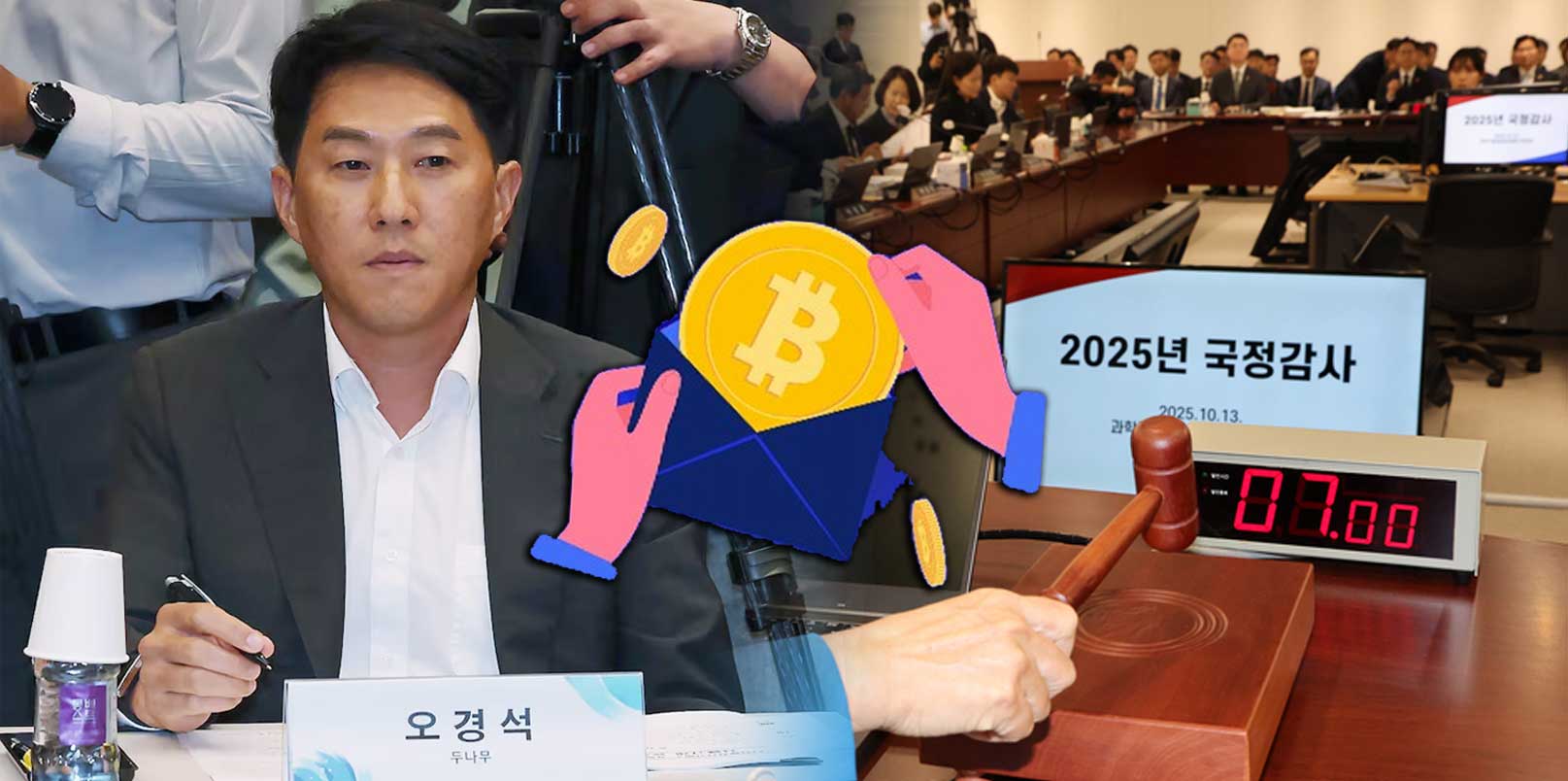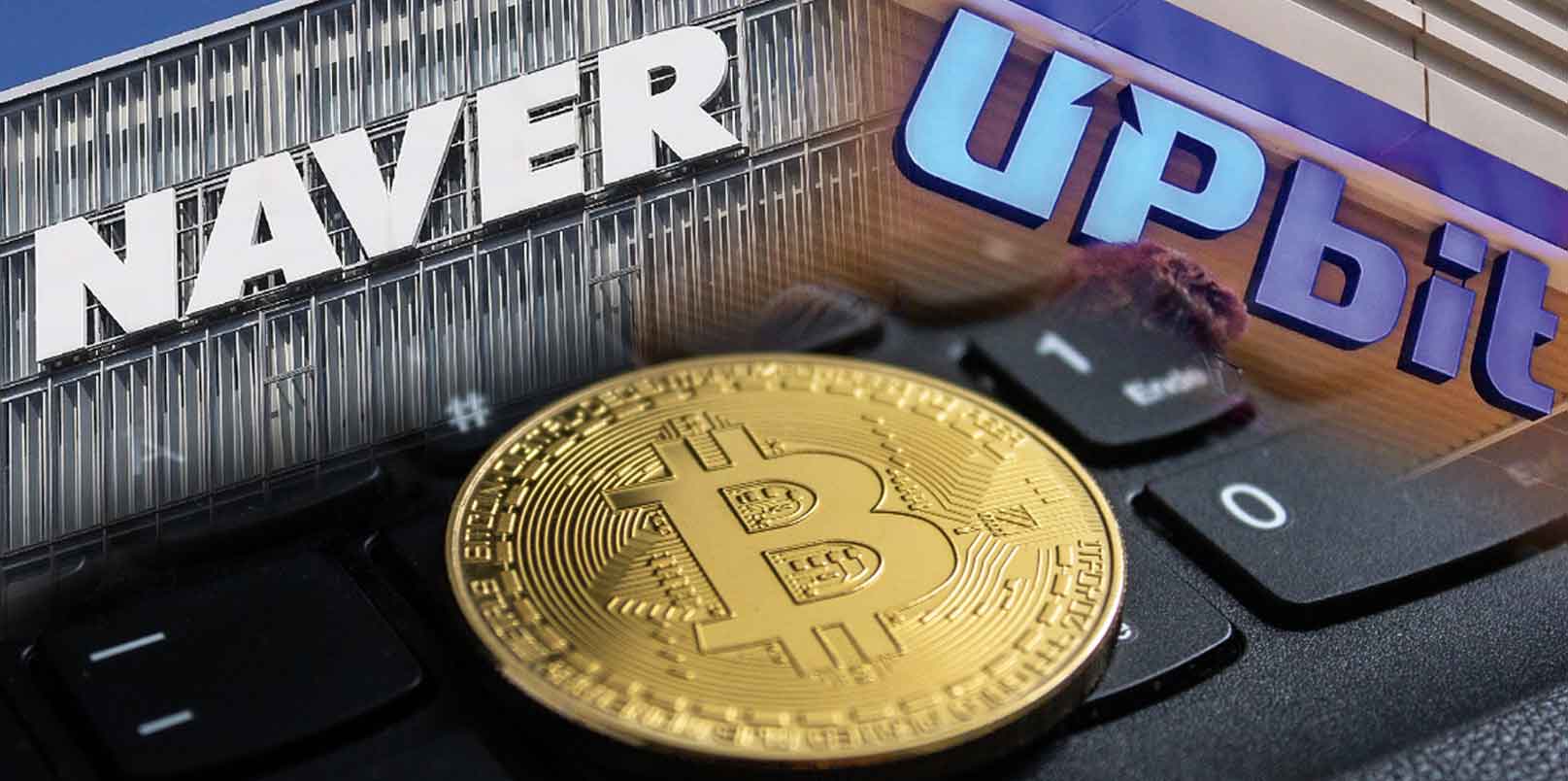Korea’s cryptocurrency market continues to expand rapidly, but policy reform for digital asset has not kept pace. While global leaders like Coinbase are accelerating diversification and institutional engagement, Korea’s top exchanges — Dunamu’s Upbit and Bithumb — remain confined by regulatory barriers that limit growth. The industry now stands at a critical juncture where the absence of clear frameworks could undermine its global competitiveness.
Coinbase’s Record Quarter Highlights Global Divergence
In the third quarter of 2025, Coinbase, the largest U.S. crypto exchange, posted its highest-ever earnings, recording a net profit of USD 432.6 million (KRW 620 billion) — a fivefold increase year-on-year.
The performance surge came not only from greater trading activity driven by market volatility, but also from the expansion of derivatives, institutional trading, custody services, and stablecoin products.
Through acquisitions and business diversification, Coinbase has established multiple growth engines across futures markets, index derivatives, and digital payments, pushing its market capitalization to USD 89.1 billion (KRW 128 trillion) and tripling its share price since 2023.
This reinforces the global shift toward regulated, multi-service exchanges capable of capturing institutional liquidity and long-term investor trust.
Korea’s Exchanges Show Growth, But With Structural Limits
Meanwhile, South Korea’s exchanges also benefited from 2025’s bullish digital asset cycle.
According to data from The Block, the third-quarter trading volume of Dunamu’s Upbit reached USD 286.4 billion (KRW 411 trillion), more than double the same period last year. Bithumb saw its volume rise from USD 47 billion to USD 128.1 billion, signaling a strong rebound in retail activity.
Despite these gains, their growth remains less than half that of Coinbase’s. The difference lies in the structure of their business models:
Korean exchanges still rely primarily on retail trading fees, while global competitors have diversified into institutional services, futures, and financial products that stabilize earnings even in volatile markets.
A Market Expanding Faster Than Its Policy Framework
Korea’s crypto exchanges once ranked among the largest globally, but regulatory inertia has slowed their evolution.
The absence of clear rules for corporate or institutional participation has limited broader market development. Following the recent lifting of restrictions on virtual asset investment firms, expectations had risen for a more comprehensive digital asset framework to follow.
However, the Financial Services Commission (FSC) has yet to deliver the long-anticipated guidelines on corporate digital asset trading — initially slated for release in the third quarter of 2025 — leaving listed companies and institutional investors hesitant to engage.
At the same time, derivatives trading, now a major profit engine for global exchanges, remains restricted in Korea. The government has yet to establish a legal basis for crypto derivatives or ETFs, resulting in what industry insiders call a “shadow regulatory environment” where exchanges face informal restrictions on product innovation.
Earlier this year, Bithumb’s attempt to introduce leveraged products was halted after regulatory intervention, signaling that even cautious innovation remains under scrutiny.
Industry Frustration Grows
Industry voices are increasingly urging the government to modernize crypto policy.
A senior exchange executive noted:
“Coinbase and Binance became global leaders through product expansion and institutional access, while Korean exchanges remain boxed in by incomplete regulations. Without reform, we risk losing our competitive edge permanently.”
Another industry source added:
“For Korea’s digital finance ecosystem to mature, we need clear frameworks for spot ETFs, institutional and foreign participation, and derivatives. Otherwise, the market will stay dependent on retail investors and short-term cycles.”
These concerns echo across the sector, where competition among local exchanges has intensified amid stagnant policy progress, squeezing profitability for all but the market leader.
Regulation as the Missing Catalyst for Korea’s Digital Asset Market
Korea’s digital asset market remains vibrant but structurally imbalanced. The ecosystem is rich in retail activity, liquidity, and technological adoption — yet constrained by regulatory uncertainty that prevents exchanges from scaling into global fintech players.
This imbalance is particularly significant given Korea’s broader ambitions in digital finance, Web3, and tokenized assets. The government’s gradual rollout of Virtual Asset User Protection Act provisions represents a step forward, but lacks complementary measures for innovation-driven policy, such as sandbox programs for digital asset ETFs or regulated derivatives.
If unresolved, this gap could discourage foreign participation, drive capital outflows, and isolate Korea from the Asia-Pacific’s emerging institutional crypto networks.
Global Momentum for Korea’s Digital Asset Market Requires Policy Courage
The contrast between Coinbase’s record profits and Korea’s constrained market reflects a deeper policy challenge. Korea’s exchanges are not struggling because of poor technology or lack of users — they are hitting a regulatory ceiling.
To remain relevant in the global digital asset economy, Korea must move beyond reactive oversight and establish proactive, innovation-compatible regulation.
The next phase of growth will depend not on trading volume, but on whether the government can align financial stability and technological progress — enabling Korean exchanges to compete not just within Seoul, but across the global digital finance landscape.
– Stay Ahead in Korea’s Startup Scene –
Get real-time insights, funding updates, and policy shifts shaping Korea’s innovation ecosystem.
➡️ Follow KoreaTechDesk on LinkedIn, X (Twitter), Threads, Bluesky, Telegram, Facebook, and WhatsApp Channel.






